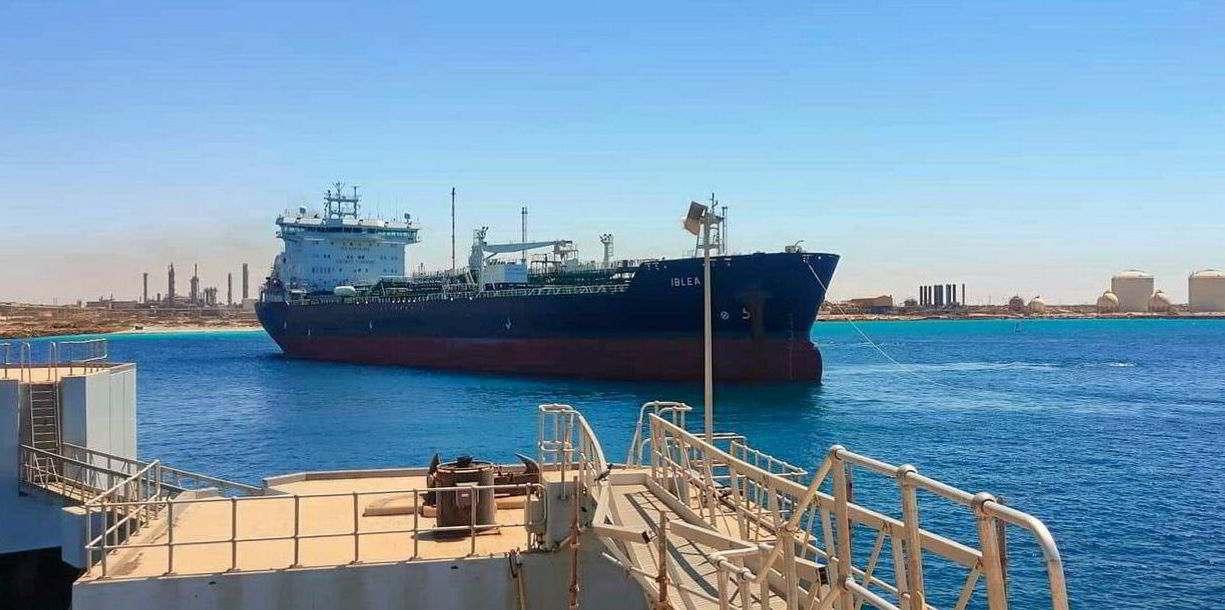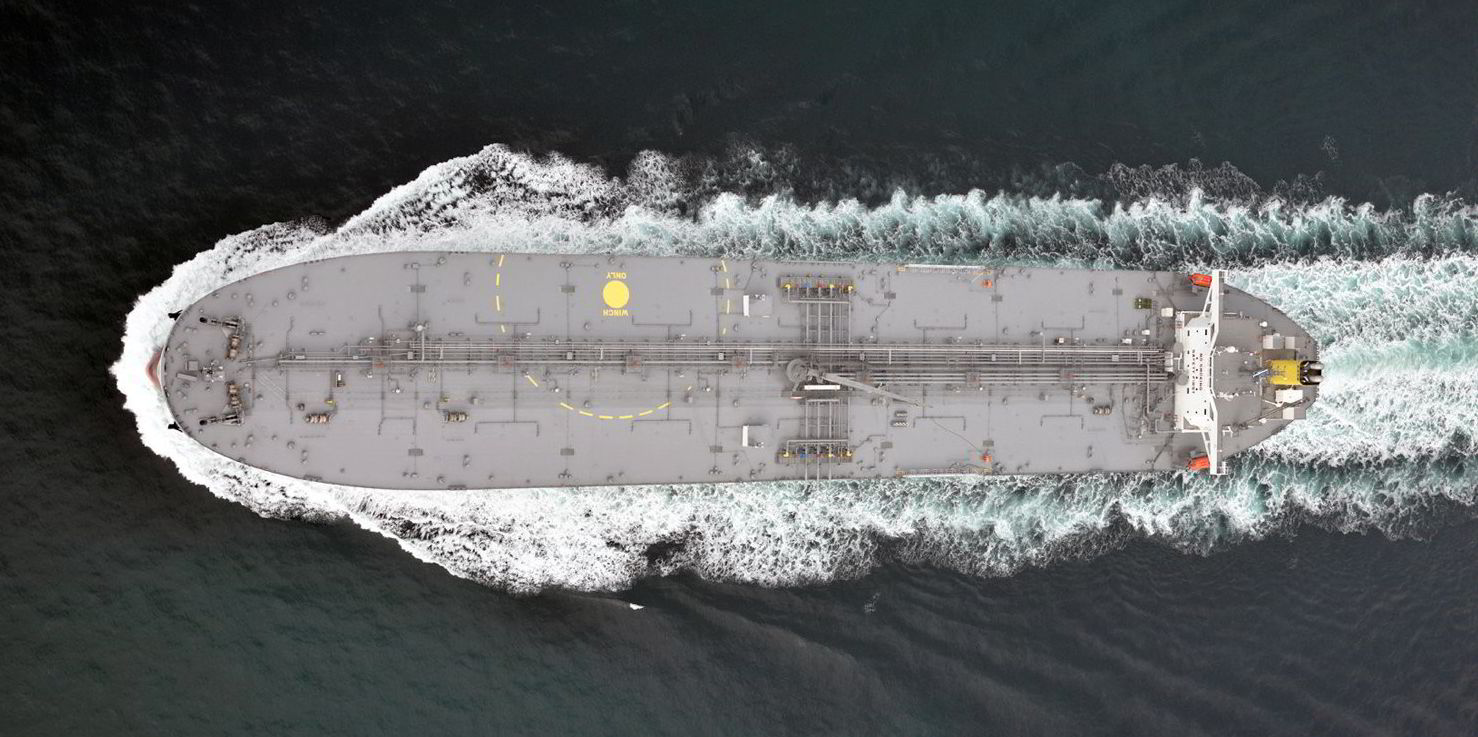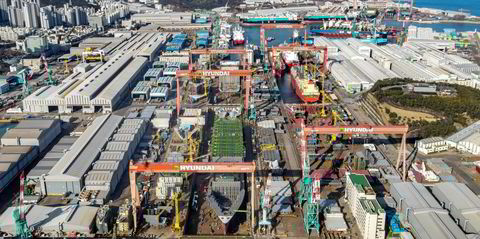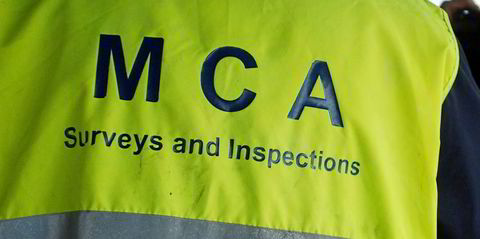Libya has reportedly lifted the force majeure on oilfields and ports as of Monday, according to ship agency company GAC.
The country’s National Oil Corp (NOC) has issued instructions to restart production arrangements, considering the standards of security, public safety and safety of operations.
The Italian-flagged, 35,700-dwt MR tanker Iblea (built 2003) was reported to have berthed at the Brega Oil Terminal in Libya over the weekend, according to a NOC social media post.
NOC expected five tankers to load crude between Tuesday and Thursday.
Fearnley Securities said Libya’s eastern Gulf of Sirte includes four main oil export terminals with a total capacity of 630,000 bpd.
Es Sider is rated at 250,000 bpd, Ras Lanuf at 200,000 bpd, and Brega and Zueitina at 90,000 bpd.
Fearnleys analysts said: “Overall, positive news for the tanker markets.”
“However, Opec+ will need to reverse the remainder of its cuts in July and August and allow producers with spare capacity to bring more crude to the market. These are predominantly Saudi Arabia, UAE, Iraq and Kuwait,” they added.
The analysts believe this will give some upside to Middle East volumes in coming months.
But seasonally higher domestic consumption will likely eat into the upside, they argue.
On track for full resumption
On Monday, Libyan Prime Minister Abdul Hamid Dbeibah said the country’s crude exports were on track for full resumption after months of outages.
Dbeibah appointed Farhat bin Qadara as the new chairman of NOC on 14 July, replacing incumbent Mustafa Sanalla, reported Bloomberg.
The new head of the state-owned oil firm said at the weekend that production and shipments were resuming after a deal was reached with protesters who had been blockading many of the major facilities since the first quarter.
The country’s energy facilities have been at the heart of the North African nation’s conflicts over the past decade, with various groups shutting down oil output to press their political and economic demands.
Libya, a member of Opec, has seen its production plummet in recent months amid a power struggle between rival governments and chronic underinvestment in infrastructure.
“Crude oil production in Libya went steadily down this year, from about 1.2m barrels per day (bpd) in January 2022 to just 600,000 bpd in June 2022, and reportedly as low as 400,000 bpd at the end of June,” Banchero Costa’s Singapore-based head of research, Ralph Leszczynski, told TradeWinds.
“As a result, exports of crude from Libya have averaged 1.07m barrels per day in 2021 but have averaged only 840,000 bpd in the first six months of 2022.
“Exports have declined from 1.05m bpd in February to 1m bpd in March, 770,000 bpd in April, 740,000 bpd in May and 610,000 bpd in June,” he added.
In terms of destinations in the first half of 2022, 35% went to Italy, 13% to Spain, 7% to Greece, 5% to the Netherlands, 5% to France, 4% to the UK, and just 8% to China, according to Banchero Costa.
Last year, aframaxes and suezmaxes lifted about 60% and 40% of Libya’s crude and condensate exports, respectively, according to shipbroker Barry Rogliano Salles.
This year, there has been a slight shift as more aframaxes have hauled 70% of exports, which has been attributed to China lifting less Libyan crude than last year.







